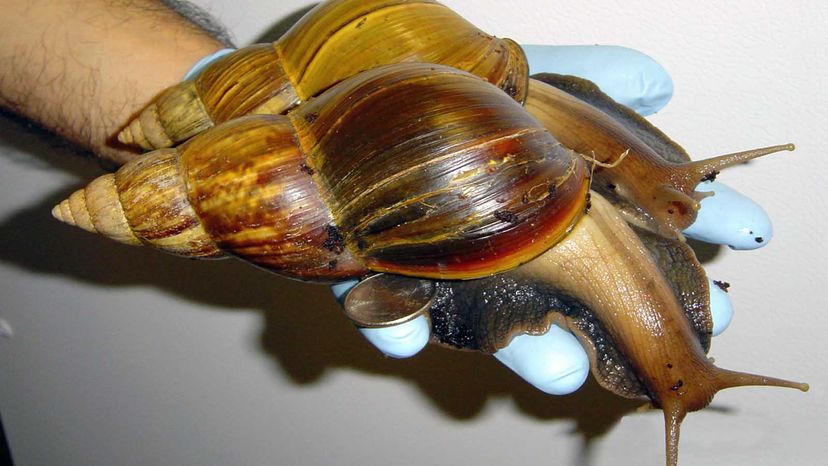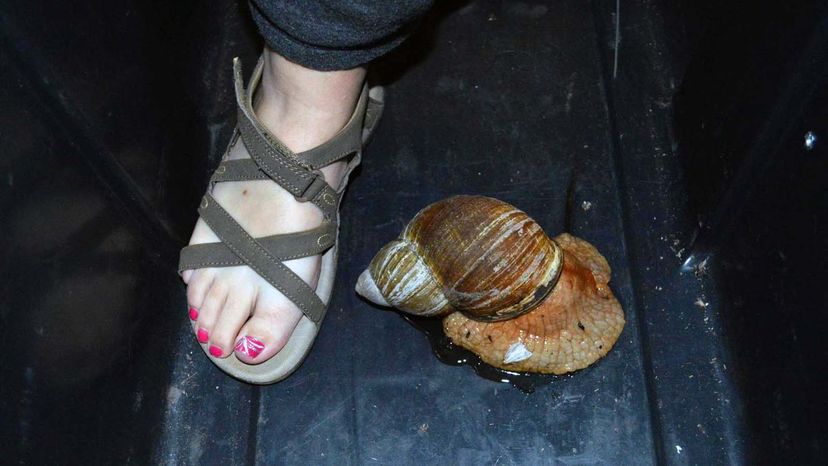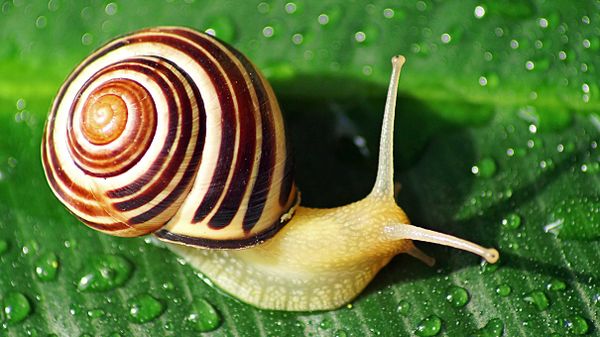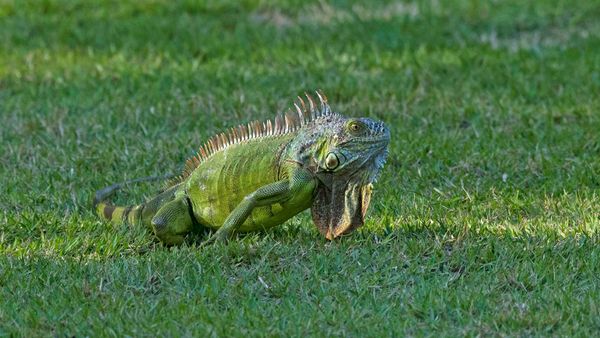
They say everything is bigger in Texas, but that may not hold true when it comes to snails. And that's not necessarily a good thing. That's because Florida has seen an invasion once again of the notorious giant African land snail (Lissachatina fulica).
The Florida Department of Agriculture and Consumer Services (FDACS) confirmed the presence of the giant African land snails (GALS), June 23, 2022, in Pasco County after a master gardener first reported seeing one. Six days later, FDACS quarantined the area to try to contain and treat for the invasive snails. A FDACS public information director told CNN the snails in Pasco County likely originated from the illegal pet trade.
Advertisement


